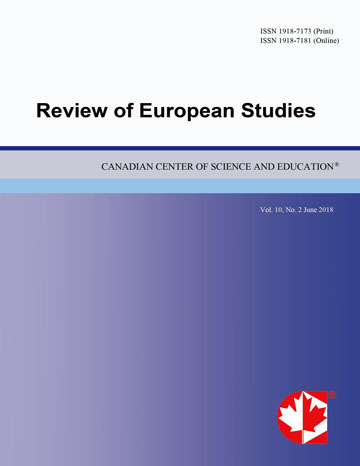Assessing Natural Language: Measuring Emotion-Words within a Sentence or Without a Sentence?
- Nicolay Gausel
- Gunnar Salthe
Abstract
Recently, researchers in the quantitative, questionnaire tradition have been increasingly interested in the impact of emotion language and the measurement of this. Some of these researchers measure emotion-words within a meaning-giving sentence, others measure them in isolation. Based on semantic theory, we argue that emotion-words presented in isolation should mean less to a participant than emotion-words combined with other words forming a sentence as in natural language. Reflecting this, we demonstrated in our study that emotion-words are rated with great intensity when an emotion-word is placed within a sentence than when presented in isolation. As a result, we suggest that questionnaire research is better off measuring emotion-words within a meaning-giving sentence.
- Full Text:
 PDF
PDF
- DOI:10.5539/res.v6n1p127
Index
- ACNP
- CNKI Scholar
- DTU Library
- Elektronische Zeitschriftenbibliothek (EZB)
- EuroPub Database
- Excellence in Research for Australia (ERA)
- Genamics JournalSeek
- Google Scholar
- Harvard Library
- HeinOnline
- Infotrieve
- JournalTOCs
- Mir@bel
- Open policy finder
- RePEc
- ResearchGate
- ROAD
- Scilit
- Technische Informationsbibliothek (TIB)
- The Keepers Registry
- Universe Digital Library
- WorldCat
Contact
- Paige DouEditorial Assistant
- res@ccsenet.org
